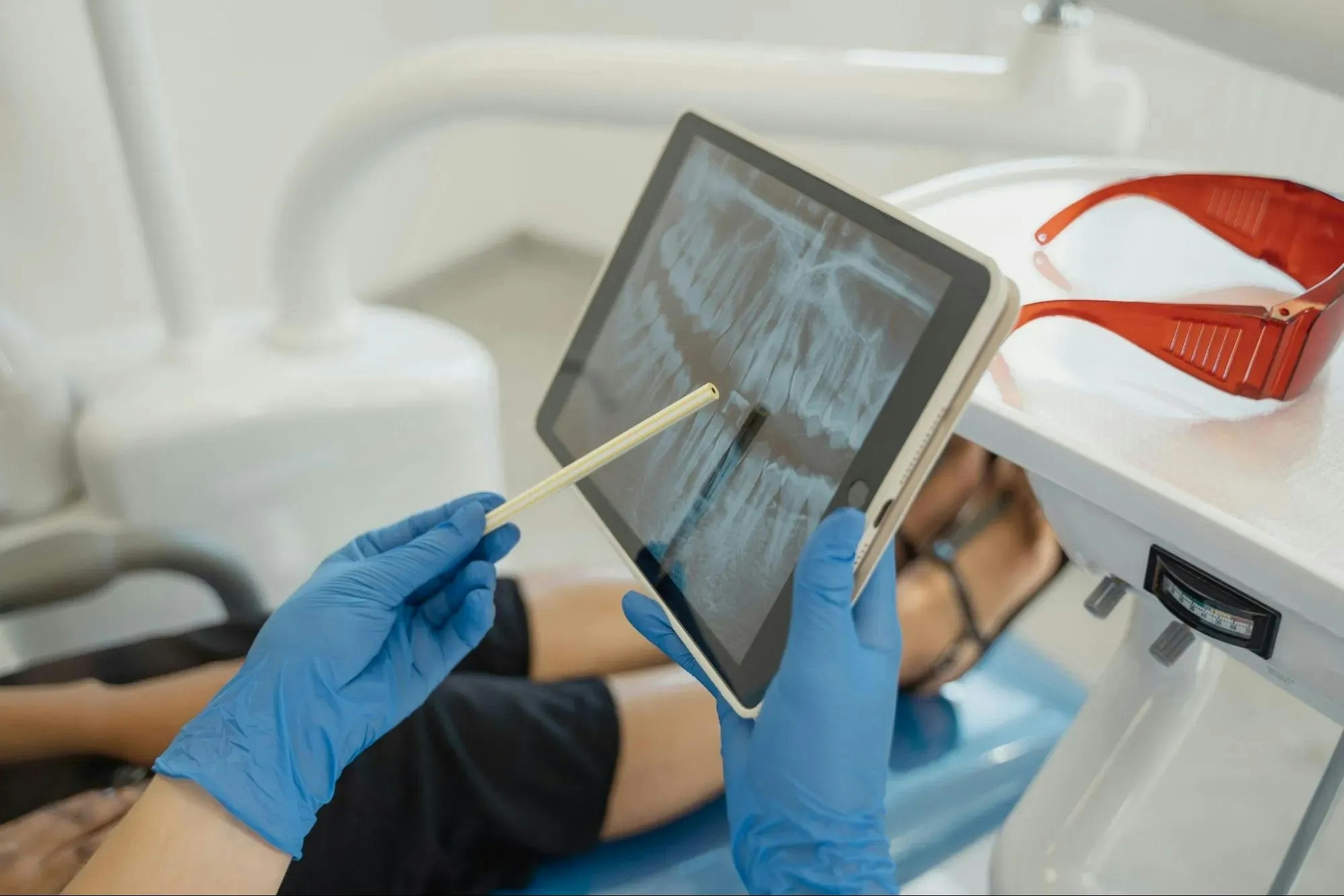How Do Dentists Adapt Procedures For Patients With Special Needs?
Dentist Magazine

How Do Dentists Adapt Procedures For Patients With Special Needs?
In the realm of dentistry, adapting to the unique needs of patients with special requirements is a testament to both skill and compassion. A Board-Certified General Dentist begins our conversation with insights on personalizing care through communication, while we also explore additional answers that highlight the breadth of adaptability in dental practices. From the thoughtful incorporation of accessible dental equipment to the design considerations for wheelchair accessibility, discover how dental professionals are making a difference.
- Communicate and Personalize Care
- Incorporate Accessible Dental Equipment
- Utilize Behavior Management Techniques
- Schedule for Reduced Stress Visits
- Offer Accessible Educational Resources
- Design for Wheelchair Accessibility
Communicate and Personalize Care
One example of adapting a dental procedure to accommodate a patient with special needs is communicating clearly and patiently with the patient. Allowing breaks during the procedure can make a significant difference. Sometimes, sedation-dentistry techniques may also be necessary to ensure the patient's comfort and safety throughout the procedure. The key is to individualize the approach based on each patient's specific needs and comfort level.

Incorporate Accessible Dental Equipment
Dentists readily adapt their practices to ensure all patients receive quality care by incorporating dental chairs that can accommodate wheelchairs, adjustable lights for those sensitive to brightness, and oral care tools that are designed for ease of use with various motor abilities. This makes it easier for patients to access dental services in comfort. Moreover, these dentists may procure equipment that helps in the treatment of patients with limited mobility or other physical challenges, ensuring that everyone can maintain oral health without physical barriers.
By continually adopting innovative dental technologies, the quality of care for special needs patients is significantly enhanced. Reach out to your local dental office to inquire about the accessibility features they have in place for your next visit.
Utilize Behavior Management Techniques
To cater to patients with special needs, some dentists undergo training in behavior management and desensitization methods. These techniques are crucial for patients who might experience anxiety or discomfort in a traditional dental setting. They involve the use of calm, reassuring communication, and gradual exposure to dental procedures to build up a patient's comfort level.
In doing so, the dentist creates a more welcoming environment for patients who might otherwise neglect their oral health due to fear or anxiety. If you or someone you care for could benefit from such techniques, consider seeking a dentist who specializes in these methods.
Schedule for Reduced Stress Visits
Another modification dentists implement is modifying appointment schedules to create times that are less hectic, thereby reducing stress for patients with special needs. During these quieter hours, the dental practice can focus more attention on one patient at a time, making adjustments as needed for a calm and soothing experience. This approach is especially beneficial for those who may become overwhelmed by busy waiting areas or the sounds of dental equipment.
The result is a more relaxed visit that can better accommodate the challenges some patients may face. Call your dentist to arrange for an appointment during these special hours to experience a more comfortable environment.
Offer Accessible Educational Resources
Educational resources are often tailored to diverse patient needs by offering multimedia materials that are accessible to patients with various challenges, such as hearing or visual impairments. These materials may include videos with sign language interpretation, braille pamphlets, or audio descriptions to convey important oral health information effectively.
By providing a range of educational tools, dentists ensure that all patients, regardless of disability, have the knowledge they need to take care of their teeth and gums. Ask your dental health provider about the educational resources they offer that cater to your specific needs.
Design for Wheelchair Accessibility
In preparing their offices to serve patients with special needs, some dentists design their environments to be completely wheelchair friendly, with wide corridors, ample room for maneuver, and low counters. They often ensure that all aspects of the dental visit, from entrance to exit, are accessible. By removing physical obstacles, such as steps or narrow doorways, these dental practices help ensure that patients with mobility challenges can access care without hindrance.
This commitment to physical accessibility can significantly ease the stress of visiting the dentist for patients with special needs and their families. Before your next dental visit, check if the practice is fully accessible to accommodate your requirements.